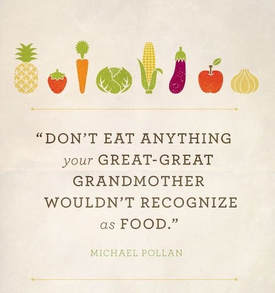
Fields were not sprayed with herbicides and pesticides to the extent that they had to be unfarmed for entire growing seasons in order to be brought back to life. Animals and fish were not fed steroids, growth hormones, antibiotics and pesticide-laden foods.
Produce was not genetically engineered or grown with pesticides so that it could be harvested at reduced cost and increased productivity; nor was it picked and then shipped across the country, tossed around in cases, placed on grocery shelves and intended to appear unblemished and freshly picked weeks later.”
Our industrialized food system has been a major contributor to the obesity crisis in this country, which now costs $190 billion annually in treatment costs alone. According to United States Department of Agriculture data, the average American now consumes 600 more calories per day than in 1970. Most come from the added fats, sugars and refined grains commonly found in highly processed foods and junk foods—soda, frozen pizza, donuts and scones, burgers and fries, and the like. These additional calories have overwhelmingly come from corn (corn starches, corn syrup, high fructose corn syrup, feed corn fed to livestock), soybeans (soy proteins, vegetable oils, salad oils, partially hydrogenated oils, and fryer oils in fast-food restaurants) and wheat (refined flour). These three crops account for the vast majority of crop acreage planted in the United States.
 RSS Feed
RSS Feed